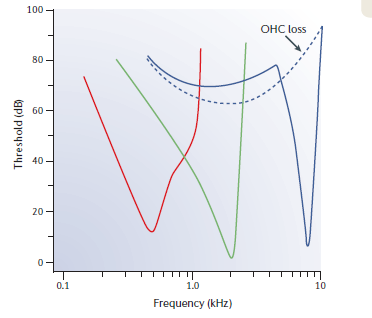I sometimes wonder how many different individual musical scales could be perceived by human ears. I define a musical scale as a collection of notes that relate to some fundamental frequency by specific ratios. For instance
- do $2^{0}f$
- re $2^{\frac{1}{6}}f$
- mi $2^{\frac{1}{3}}f$
- fa $2^{\frac{5}{12}}f$
- sol $2^{\frac{7}{12}}f$
- la $2^{\frac{9}{12}}f$
- ti $2^{\frac{11}{12}}f$
- do $2^{1}f$
I once did an experiment where I took various sine waves at different frequencies and multiplied them by the appropriate ratios. I found for the ones I tried that I did indeed heard the major scale. But a mathematician will look at the positive real numbers $\Bbb{R}^+$ and say there are an infinite, uncountable number of possible frequencies. However, Biologically I cannot imagine the human ear is capable of distinguishing between an infinite number of frequencies.
What is the biological limit on hearing resolution? Is there a way to estimate how many different major scales one can hear? In other words, how many different frequencies can be heard?


